As we begin our descent out of summer and into fall (and immediately to winter), we thought it would be fun to share with you our staff’s favorite fall activities so you can get to know them better and see if you have anything in common!

Sydney (Customer Service Representative)
Her favorite activity in general is hiking and backpacking, but specifically in the fall, she can see the leaves changing and feel the cold weather on her skin and embrace the beautiful views!
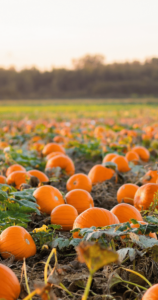
Daniel (Lawn Technician)
Daniel just moved to Montana from Florida and so he has yet to experience a Montana fall, but his favorite fall activity is to go to the pumpkin patch and pick out the best pumpkin! He thinks his favorite activity is going to change to hiking after this season!

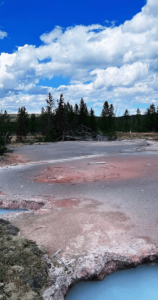
Keri (Customer Service Representative)
“Fall is my fave time to visit Yellowstone! We always have people come to visit in what I think is Montana’s best season and I love taking them to Yellowstone because it’s crisp and cool and beautiful! And the crowds have died down, which I love! The perfect fall day for me is a trip to Yellowstone with some kind of picnic (like sandwiches from Mamma Macs) and some friends to hike around with! Add an afternoon thunderstorm and I’m in heaven!” ~Keri
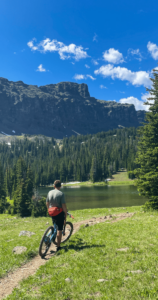
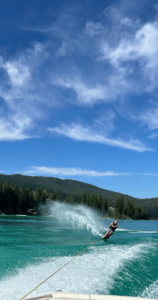
Colin (Owner)
Colin had a hard time deciding what his favorite was so he decided to choose two. First, Colin pretty much loves mountain biking at any time when he can during the year, but particularly loves mountain biking in the fall because it’s cooler and a different kind of beautiful! Second, you can’t keep this guy from skiing year round. He loves water skiing especially in the fall because the water is warm and there is less of a crowd on the lake!
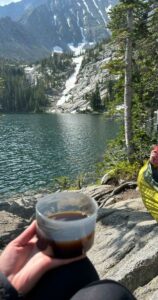 Sidne (Office Manager)
Sidne (Office Manager)
I feel the same way that Colin does where it’s hard to choose. I love backpacking and hiking in the fall, just like a lot of our staff. In the fall, I feel like the competition is reduced for the best camp spots! I love cooking with the fall vegetables. Everything is so fresh and tasty and goes so well together (fall veggies hash with some chorizo is my fave!). I love walking outside to the crisp fall morning, I think it just has such a fresh smell, if I could spend my time in the fall at a cabin, I totally would.

Gregg (Lawn Technician)
Gregg loves Harry Potter (don’t we all?) and specifically loves to binge watch the movies while it’s snowing outside. Not to mention all of the sweet fall treats. Anything with apple and cinnamon is a particular favorite!

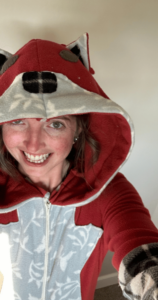
Carly (Dispatcher)
“One thing I love to do in the fall is make Halloween costumes! It was my mother who really started this tradition. When I was a kid she would take me and my 2 siblings to the craft store each fall to pick out costume patterns and fabrics. It was so special having a unique handmade outfit. As I grew older, she taught me how to use the sewing machine and I continue to make my own costumes to this day. I believe you are never too old to dress up!” ~Carly

Will (Consulting Arborist and Vendor Relationships)
“Hiking in New England! I love the colors of the fall foliage in the Northeast and visiting family out there when the leaves are changing colors.” ~Will
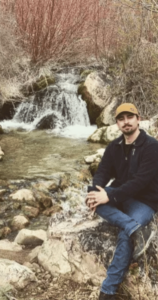
Nate (Lawn and Tree Technician)
We have a bit of a theme that runs through our team! Nate also loves hiking in the fall because the temperatures start to cool down and the colors are beautiful!
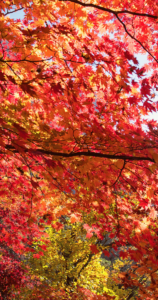
Mickey (Lawn Technician)
It’s funny, I asked everyone separately what they love to do and the hiking just seem to be the mainstay answer! Mickey also loves hiking in the fall because it starts to cool down! She’s not a huge fan of the hot temps so she would prefer not to walk up a mountain at that time!
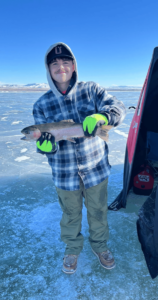

Logan (Lawn Technician)
When I asked Logan, I don’t think he even took a second to think, I asked “What’s your favorite fall act—HUNTING!” Logan said. I can tell he’s looking forward to getting out in the mountains and enjoying the quiet of nature!
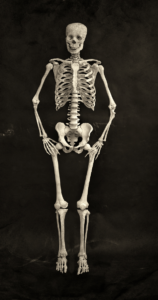
Addy (Lawn Technician)
Addy had a fun answer! Her dad hosts a spectacular Halloween party every year and sometimes incorporates his family as props. One year, her and her sister were put on a pulley like system and dressed up as skeletons and when one person would jump down, the other would float back up and vice versa. (How do I get an invite, Addy?)

Dane (Floater)
Dane is a friend of Colin’s that’s joining us for a couple of weeks this season between some trips that he has planned to help with whatever he can. He loves ice climbing in the fall because there’s only some locations where the ice is established enough to climb and you need to walk 14-15+ miles to get to the climb itself. He has done a fall ice climb near Big Sky so often that his feedback and insight was sought after by a guidebook because he understands the conditions from year to year the best! Very cool.
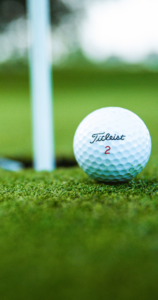
Noah (Lawn Technician)
Noah is a busy guy in the fall. “Ooo that’s a tough one. Working out, duck hunting, deer, snatching up any last trout, and until there’s snow, golfing and running calls.” ~Noah

Sammy (Lawn Technician)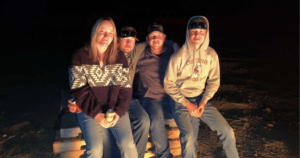
Bonfires, Rocky Creek Farm, and Football!
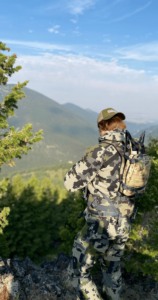
Tommy (Lawn Technician)
We have another vote for hunting! Again, being able to be out in the wilderness and enjoy the peace and quiet of nature is always a great luxury. I don’t know about you guys, but I can’t even see Tommy in this photo.
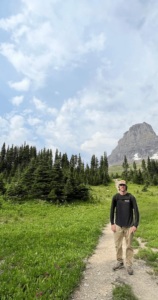
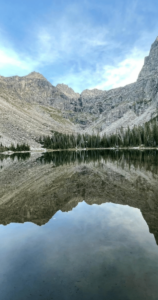
George (Lawn Technician)
“My favorite fall activity is hiking. It’s the perfect time because it’s not too hot, there’s not snow to block access and it’s not a super busy season.” ~George
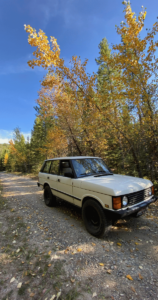
Pearson (Liquid Aeration Technician)
“One of my favorite fall activities is going up into the mountains to do a little off-roading and see all the Fall foliage, specifically in a Land Rover!” ~Pearson
 Billpay
Billpay
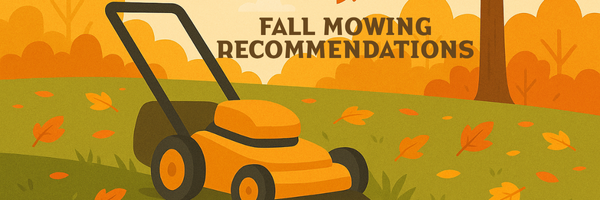
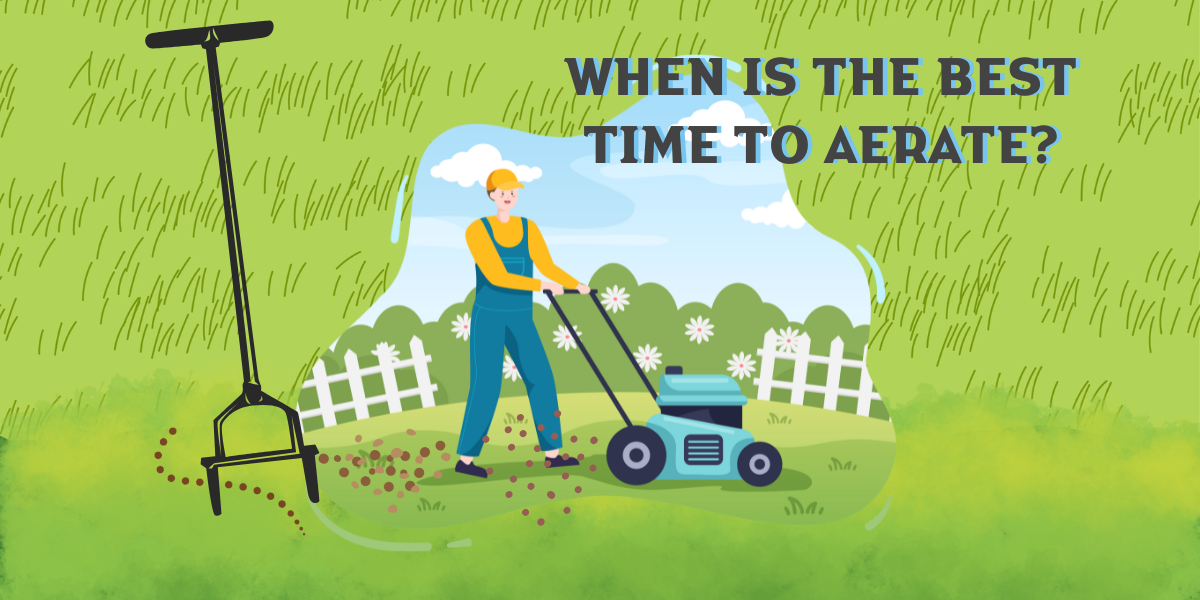
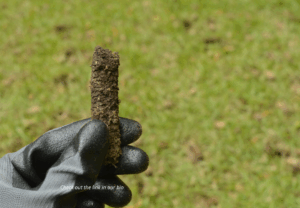

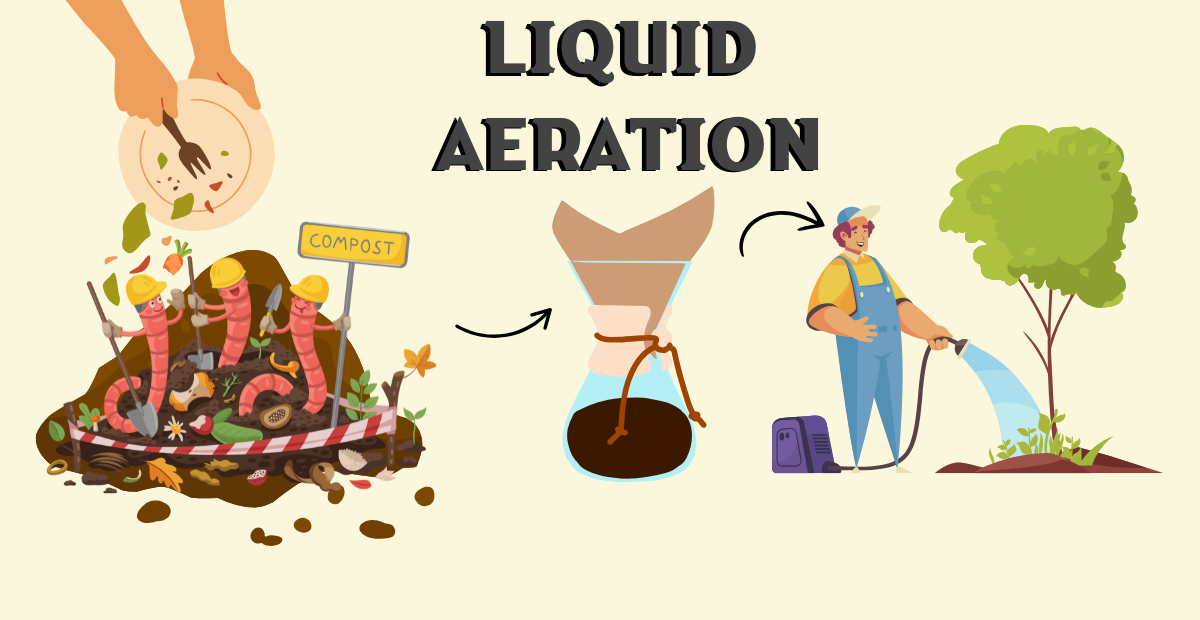
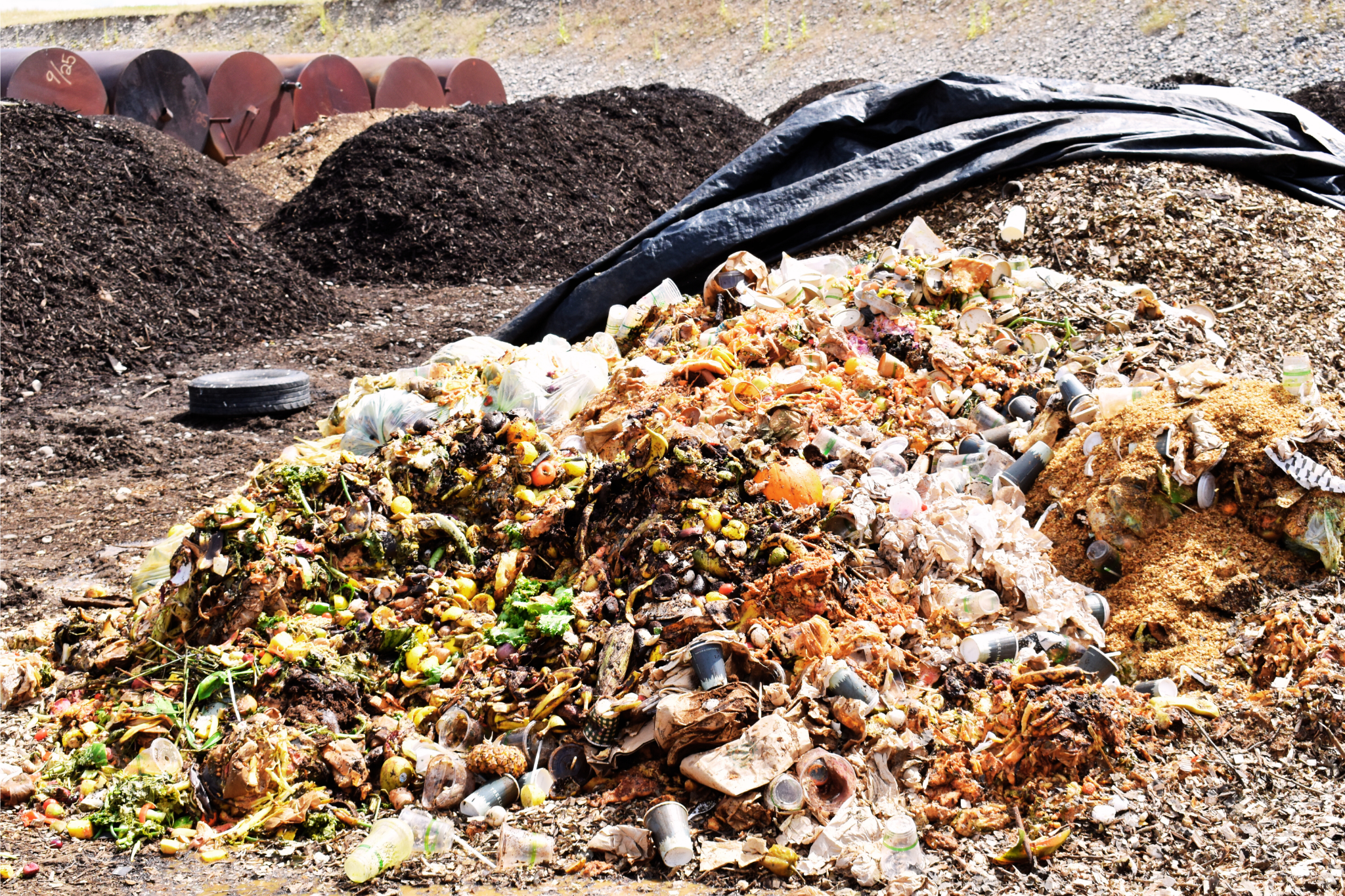 mechanical or liquid aeration. While mechanical aeration pulls out plugs to decompact the soil and can leave your lawn looking like your dog gifted you with forbidden chocolate, liquid aeration is a much less invasive process.
mechanical or liquid aeration. While mechanical aeration pulls out plugs to decompact the soil and can leave your lawn looking like your dog gifted you with forbidden chocolate, liquid aeration is a much less invasive process.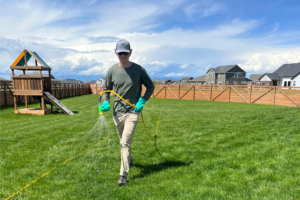 dumped into the landfills and uses worms to transform it into organic matter that is packed with nutrients and beneficial microorganisms. We then take this compost and blend in premium worm castings (also sourced from YES Compost) and extract the best parts by brewing a concentrated elixir that is packed with fungal acids, humic acids, amino acids, and micronutrients. Not only does this liquid brew nourish your soil, but it also aerates it, introduces helpful bacteria that strengthen the existing microbial community, and restores the missing organic material that is causing those stubborn brown and yellow patches that we all hate. It changes and improves the structure of the soil while also allowing for better water and nutrient absorption that reduces the need for excessive watering. Compost Tea is the sustainable, minimally invasive, and chemical free way to introduce beneficial microbes that strengthen the soil while fostering a safer environment for your family and pets.
dumped into the landfills and uses worms to transform it into organic matter that is packed with nutrients and beneficial microorganisms. We then take this compost and blend in premium worm castings (also sourced from YES Compost) and extract the best parts by brewing a concentrated elixir that is packed with fungal acids, humic acids, amino acids, and micronutrients. Not only does this liquid brew nourish your soil, but it also aerates it, introduces helpful bacteria that strengthen the existing microbial community, and restores the missing organic material that is causing those stubborn brown and yellow patches that we all hate. It changes and improves the structure of the soil while also allowing for better water and nutrient absorption that reduces the need for excessive watering. Compost Tea is the sustainable, minimally invasive, and chemical free way to introduce beneficial microbes that strengthen the soil while fostering a safer environment for your family and pets. 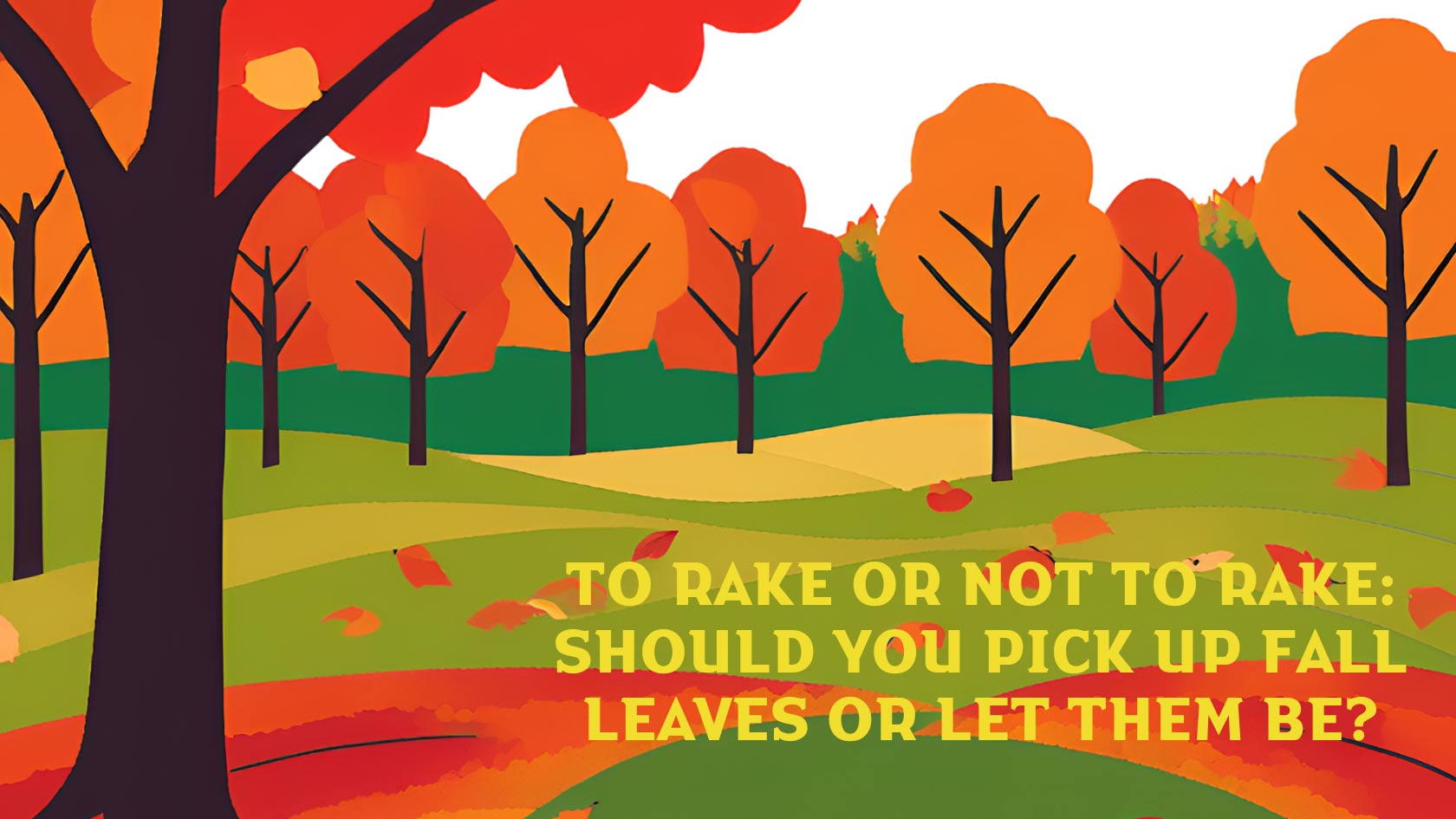







 Sidne (Office Manager)
Sidne (Office Manager)
















